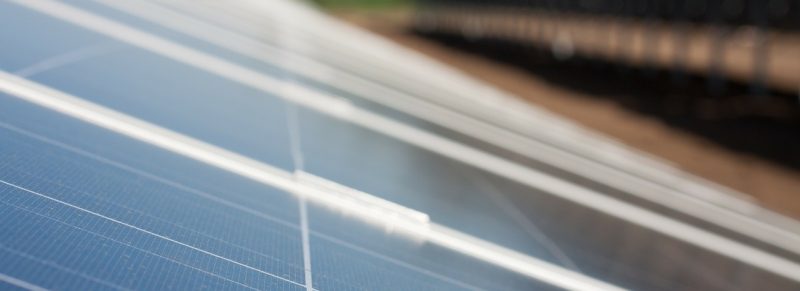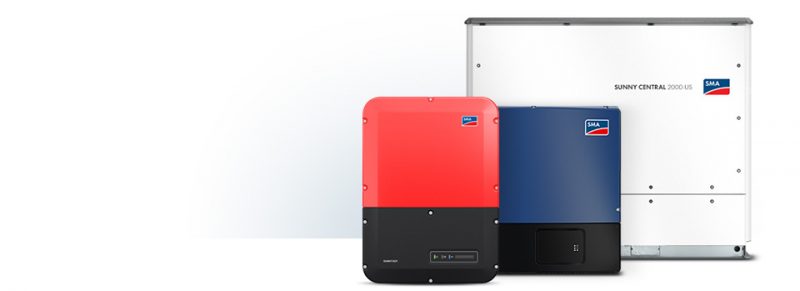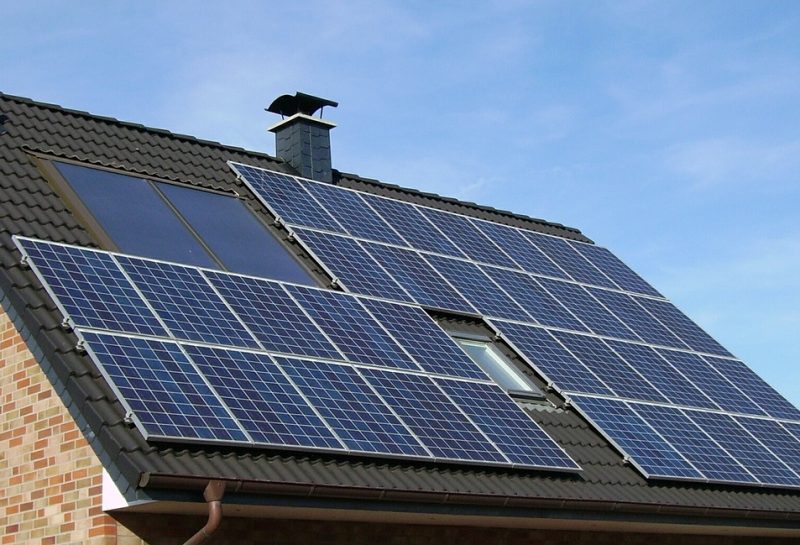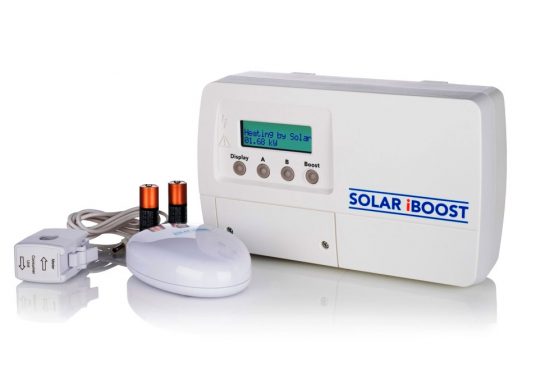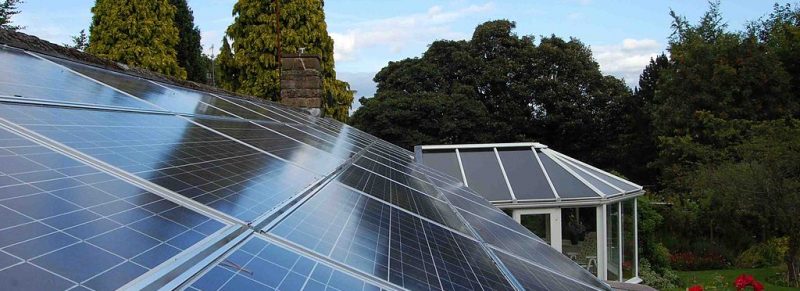Solar energy, or solar PV (photovoltaic), refers to a technology that converts sunlight directly into electricity using solar cells. The process is based on the photovoltaic effect, where certain materials can generate electric current when exposed to sunlight. Here are the key components and concepts associated with solar energy:
Key Components
- Solar Cells: The basic building blocks of a solar PV system, typically made from silicon, that generate electricity when exposed to sunlight.
- Solar Panels (Modules): Assemblies of multiple solar cells combined to increase power output.
- Inverters: Devices that convert the direct current (DC) electricity produced by solar panels into alternating current (AC), which is used by most home appliances and can be fed into the power grid.
- Mounting Systems: Structures used to fix solar panels in place, either on rooftops or on the ground, at an optimal angle for maximum sunlight exposure.
- Balance of System (BOS): Includes all the additional components required for a complete solar PV system, such as wiring, switches, mounting hardware, and monitoring equipment.

